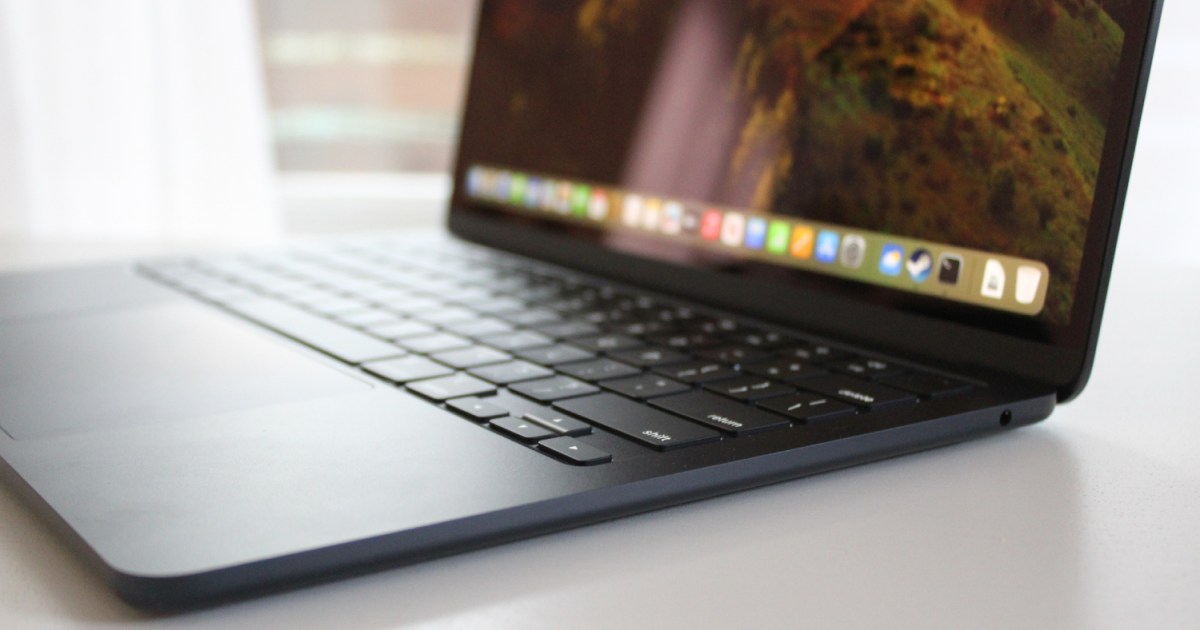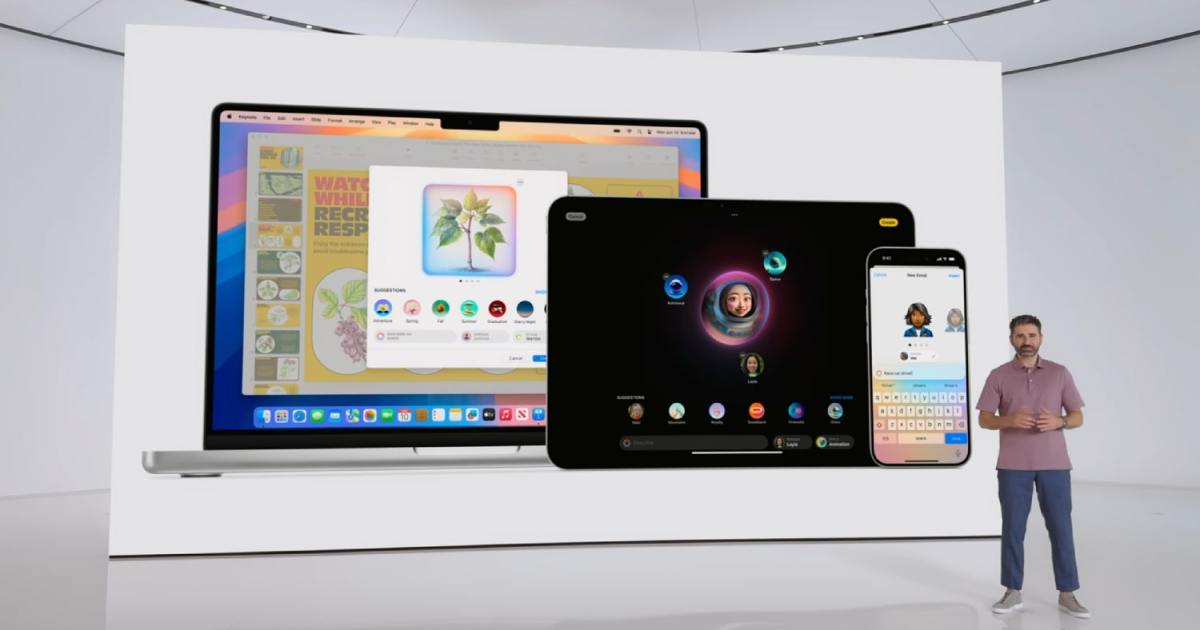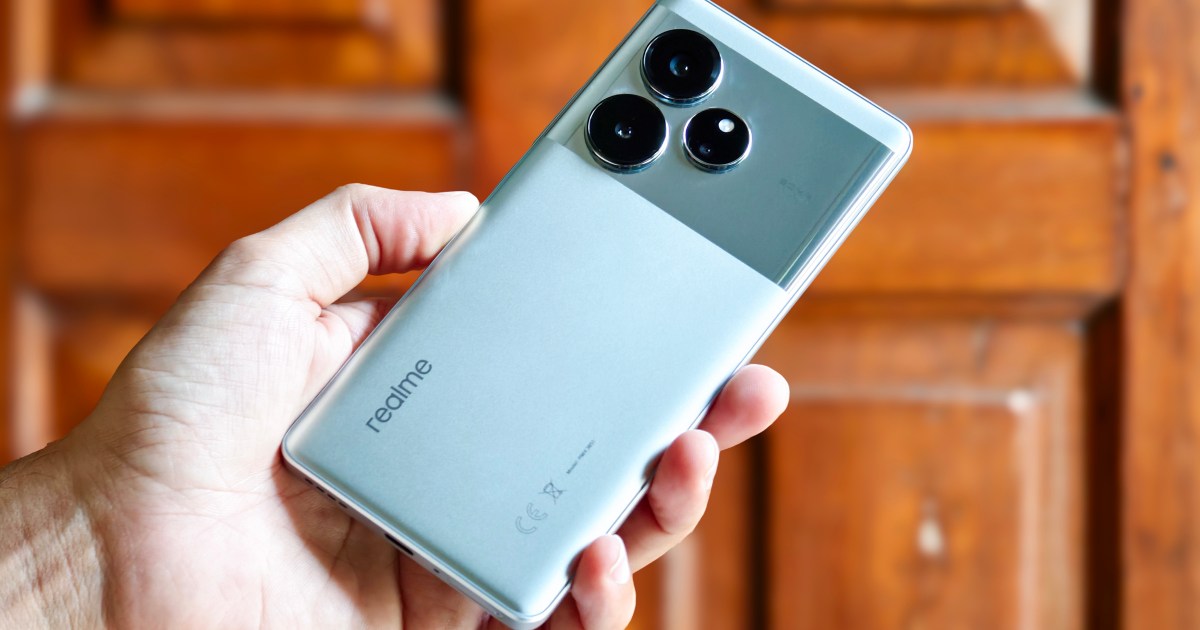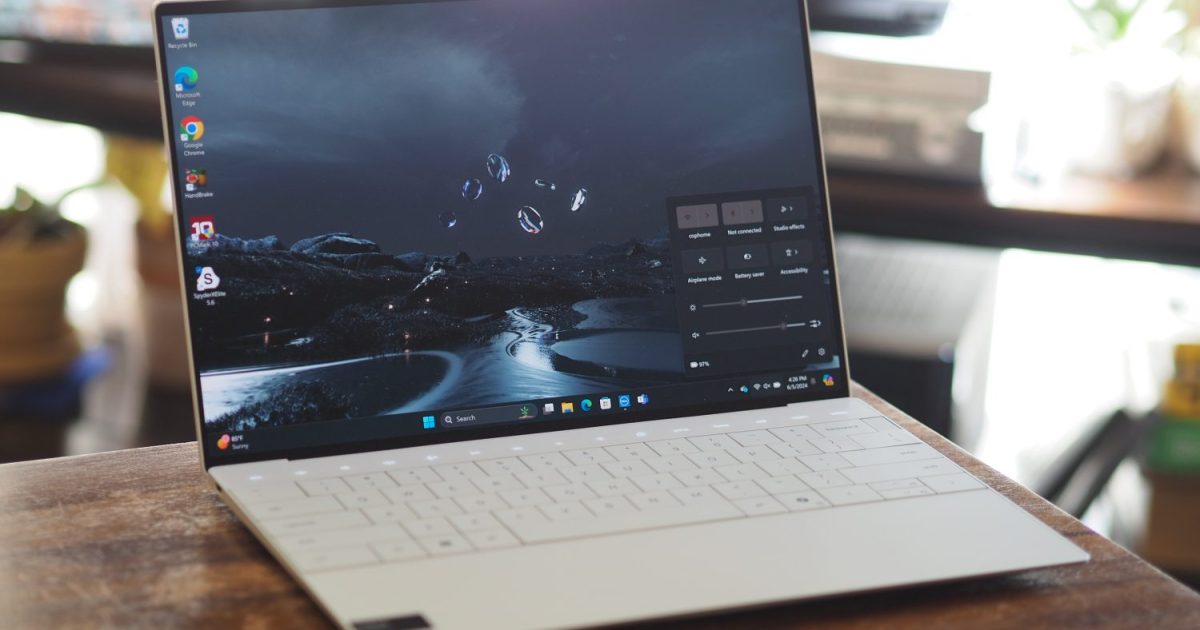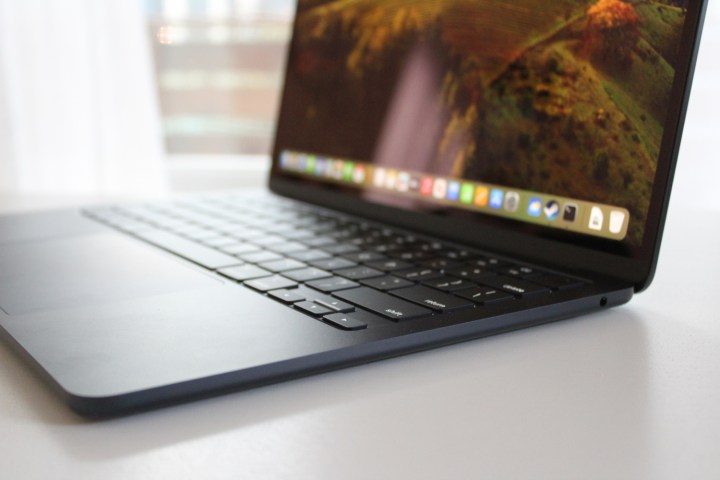 The MacBook Air on a white table.Apple’s Mac lineup has seen relatively few hardware revisions in recent years. The MacBook Pro design has remained largely unchanged since 2021, the Mac mini’s chassis has been consistent since 2020 (and barely altered for nearly 15 years), and the Mac Pro retains its 2019 aesthetic. This deliberate slowdown in hardware updates, while understandable, presents a challenge for Apple: how to incentivize future Mac upgrades.
The MacBook Air on a white table.Apple’s Mac lineup has seen relatively few hardware revisions in recent years. The MacBook Pro design has remained largely unchanged since 2021, the Mac mini’s chassis has been consistent since 2020 (and barely altered for nearly 15 years), and the Mac Pro retains its 2019 aesthetic. This deliberate slowdown in hardware updates, while understandable, presents a challenge for Apple: how to incentivize future Mac upgrades.
The Longevity Advantage (and Disadvantage)
Apple’s hardware designs are generally renowned for their durability and longevity, often outlasting competitors’ devices. This reduces the need for frequent updates, especially when software advancements, particularly in AI, are rapidly evolving. Apple seems to be prioritizing software innovation over hardware revisions, a strategy highlighted by the rumored ultra-thin MacBook Pro inspired by the iPad Pro, which is not expected anytime soon.
This focus on longevity is further emphasized by Apple’s recent report emphasizing durability over repairability. While extended hardware lifespan benefits consumers, it poses a challenge for Apple’s sales model, traditionally driven by enticing new designs. Without compelling hardware upgrades, Macs need a new selling point.
 Apple
Apple
Apple Intelligence: A New Revenue Stream?
Enter Apple Intelligence, Apple’s AI system. Bloomberg reporter Mark Gurman suggests this could become a paid subscription service offering enhanced features, providing Apple with a new revenue stream, alongside revenue sharing with partners like OpenAI. Apple Intelligence promises to significantly enhance the Mac experience, potentially exceeding the impact of recent hardware or software features. However, it doesn’t replace the desire for regular hardware improvements.
The Balancing Act: Hardware vs. Software
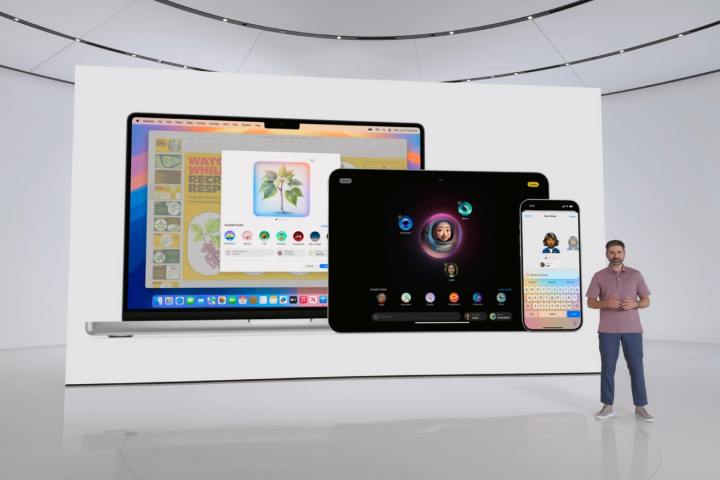 Apple showing the different devices that Apple Intelligence works on at the Worldwide Developers Conference (WWDC) 2024.
Apple showing the different devices that Apple Intelligence works on at the Worldwide Developers Conference (WWDC) 2024.
The contrast between Mac and iPhone upgrade cycles is striking. Apple Intelligence requires an iPhone 15 Pro or later, while Mac compatibility extends back to the M1 series. Apple attributes this to device memory limitations on iPhones, but it also reinforces the lack of urgency for Mac upgrades. If Macs as old as the 2020 MacBook Air can run Apple Intelligence, it implies less pressure on Apple to refresh its Mac hardware.
While the backward compatibility is beneficial for users with older Macs, it raises concerns about the pace of hardware innovation. The tech landscape evolves rapidly, and even recent top-tier devices can quickly feel outdated. While Apple Intelligence offers compelling features, it shouldn’t come at the expense of hardware advancements.
The Future of Mac Upgrades
The long-term viability of this strategy remains to be seen. While a powerful AI system like Apple Intelligence can enhance the user experience, the desire for tangible hardware improvements persists. Apple must strike a balance between leveraging software innovation and delivering compelling hardware upgrades to maintain its position in the competitive tech market. The challenge lies in convincing users that software advancements alone justify upgrading their Macs when existing hardware can still perform adequately.



